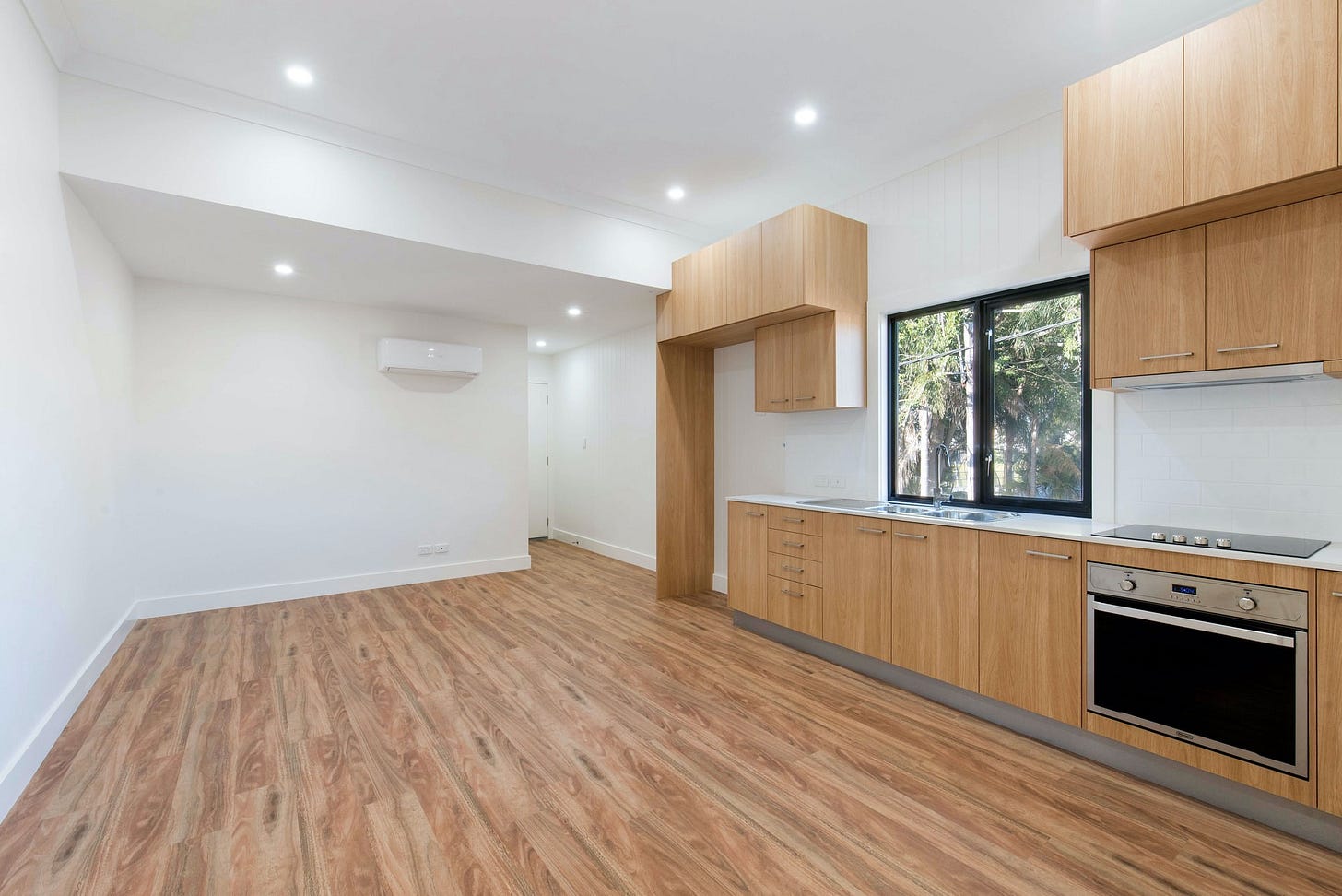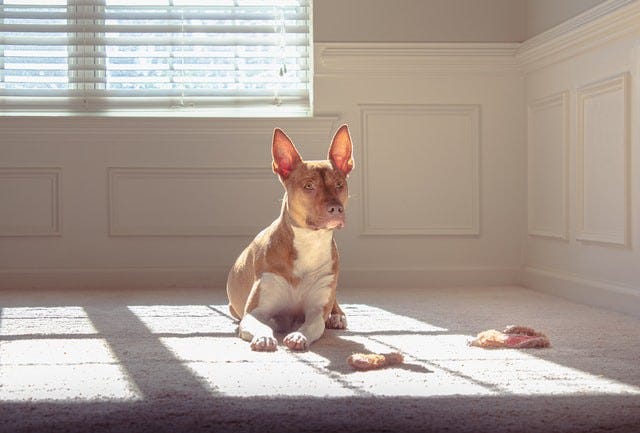Rental walk-throughs: Pet-owning renters should inspect the floors
From pet-friendly rentals to homeowners, dodge pet floor damage early

For pet-owning tenants, finding a home where their dogs (and cats) can comfortably rest is a requirement, not an option. According to the 2021–2022 American Pet Products Association’s National Pet Owners Survey, 70% of U.S. households (or 90.5 million) own a pet. In fact, 2020’s social isolation helped clear out animal shelters and pet adoption agencies even more by both homeowners and renters who were looking for four-legged companionship.
Recommended Read: "Another reason to have homeowners insurance: dog bites ~ Double check what your liability insurance covers for pets"
Pet owners who find a good rental may stay in their rentals longer than someone who doesn’t have to shop around for another pet-friendly rental. Pets (especially dogs) also love a consistent routine, and that includes the residence that they live in.
ADVERTISEMENT ~ Amazon
As an Amazon affiliate, I earn a percentage from purchases with my referral links. I know some consumers are choosing to boycott Amazon for its DEI removal. However, after thinking about this thoroughly, I choose to continue promoting intriguing products from small businesses, women-owned businesses and (specifically) Black-owned businesses who still feature their items on Amazon. All five of my Substack publications now include a MINIMUM of one product sold by a Black-owned business. (I have visited the seller’s official site, not just the Amazon Black-owned logo, to verify this.) If you still choose to boycott, I 100% respect that decision.

But before the potential tenant starts gathering up funds for the pet deposit, security deposit and first month’s rent, one of the very first things renters should do is check out the floors. By dissecting the area where pets are often likely to run, play and lie down, this may help landlords and renters avoid potential conflict.
ADVERTISEMENT ~ Amazon
As an Amazon Affiliate, I earn a percentage from purchases with my referral links.

Should pet owners move into carpeted homes?
For pet owners with aging animals and/or those with arthritis, carpet is a perk. But for residents living in cold-weather climates, carpet is a magnet for pet dander, pet hair, fleas, ticks and other pests. Unless the carpet is water repellant, stain resistant or fade resistant, potential tenants should consider asking the property owner (or realtor) if they can have the carpet removed beforehand.
Recommended Read: “It’s all fun and games until the dog destroys the blinds ~ Trendy new blinds are great for your home, but make them pet-friendly, too”
Generally speaking, a landlord may be hesitant about the idea of removing new carpet for a tenant who could leave in a year. (If the carpet is already old stained and/or has not been replaced from the last tenant, that’s yet another reason to get rid of it.) But if the tenant is willing to foot the bill for removal and agree to return it back to its carpeted status if the tenant moves, this may reduce the hesitancy. Make sure to get this landlord-tenant agreement in writing to avoid any potential miscommunications later.







